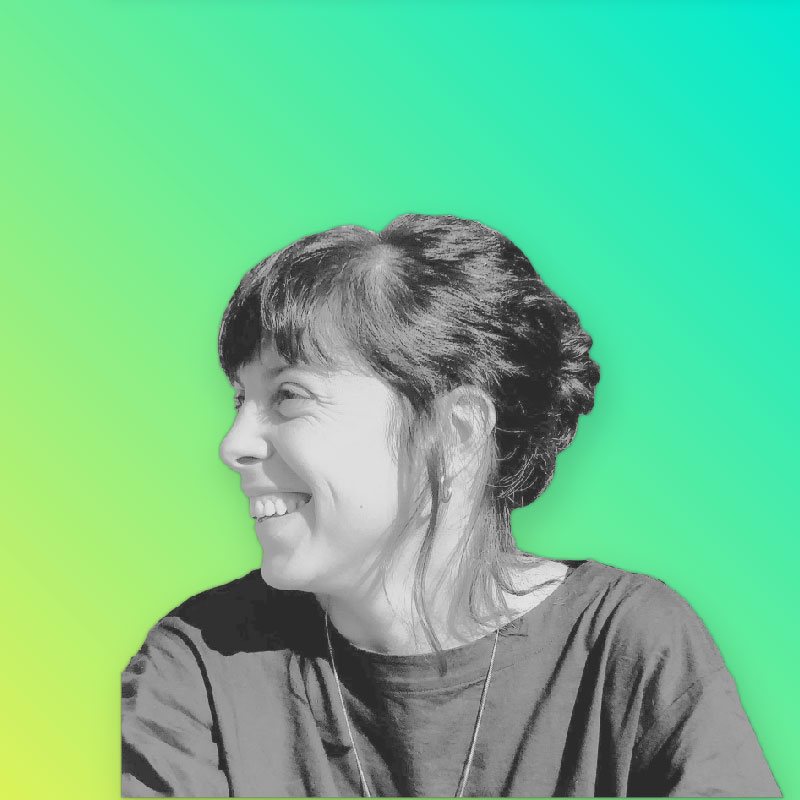Case Study
Making visible the invisible: designing and prototyping companies transformation. A project in between the pandemia.
Saturday, November 14th
12:00 – 12:30
Conference Room
In this last year, we had the opportunity to consult and support one of the main Italian public/private companies specialized in research for renewable energy. As many former public organization, it is characterized by slow processes, especially in decision making and a pervasive bureaucracy which produces a huge amount of procedures and documents.
After a first phase of exploration, lead by two main issues – lack of attractiveness to young resources and unresolved conflicts among teams and departments – where we mapped the organization through its structure, processes and people, we define those critical dimensions that deserved more focus, and involved our stakeholders in a collaborative session to detect and prioritize those ones to be developed in the second phase.
Despite the initial input, built within a narrative that framed the problems pointing at employees or roles, what emerged as much problematic was the absence of common practices of collaboration and a mostly inefficient teams’ coordination.
These two areas were to be developed during the second phase, the experimentation. But right before it was even started, the unexpected occurred.
The spread of the Covid-19 brought us a further level of complexity: explore those dimensions remotely and within a completely new “environment” of working for our client. And then, how to implement designed solutions by keeping the stakeholders engaged and active part in the work on their organizations?
We applied the design approach to small experimental teams: we asked them to bring us around their new digital offices, inside their agendas and their meetings, in order to catch the thin granularity of what their activities are made of, and how they work. We then prototyped two agile and ready-to-test solutions, one for each stream of activity: a tool for optimizing collaboration and a set of good practices to help running better meeting (or deciding not to).
The prototypes were made to support their work in the shared space, the place where people manage their ongoing, filling the gap left by the rigid set of procedures, tools and repository systems that did not allow a smooth collaboration nor an efficient communication within the teams, already before pandemia, now even more.
After a training session, checks with the teams and adjustments, and positive feedback by the team leaders, we showed our client different scenarios of adoption, with different extents of scaling and impact on the company.
The turning point is that the team leaders and then the top management - who they report to - have seen the potential of not just a tool, but a complete different way of managing team work. The terms of discussion on the table are the paradigmatic shift in the way the company works.

